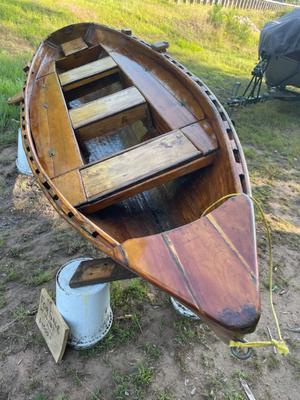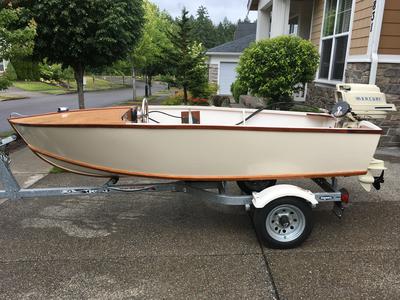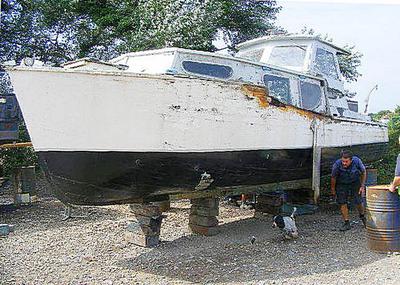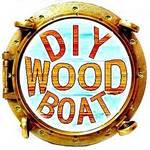- Home
- Boat Building
- Restoration
- Timber
- Timber Properties
- Sustainable Wood
- Wood Rot
- Plywood
- How to bend/shape Plywood?
How to bend/shape Plywood?
by Greg
(New Zealand)
Hi, I'm a first timer and want to build a 10 to 12 ft dingy using the stitch and glue method.
I've done a lot of reading on the website but can't find any advice on how to bend/shape some of my plywood pieces before I stitch them.
Any advice please?
Comments for How to bend/shape Plywood?
|
||
|
||
|
||
Want to add more photos?
Photo Uploader
If you are having problems uploading Photos or would like to add more click on this link for the Upload Form.








